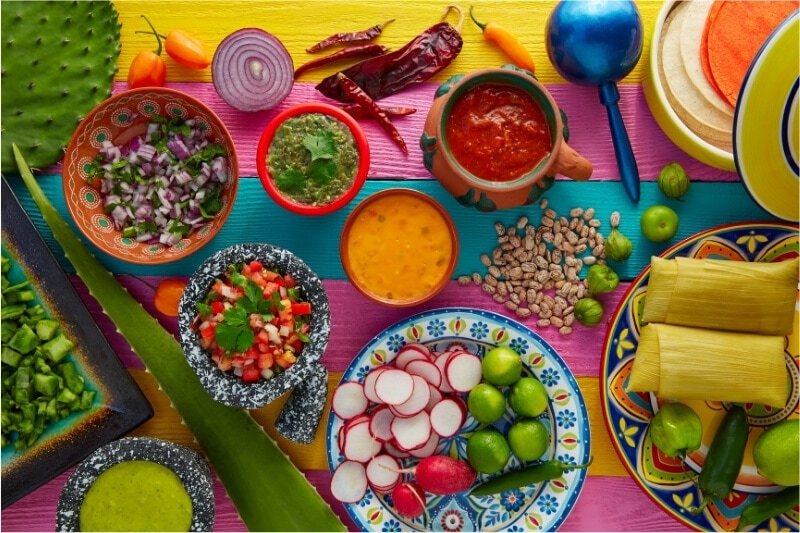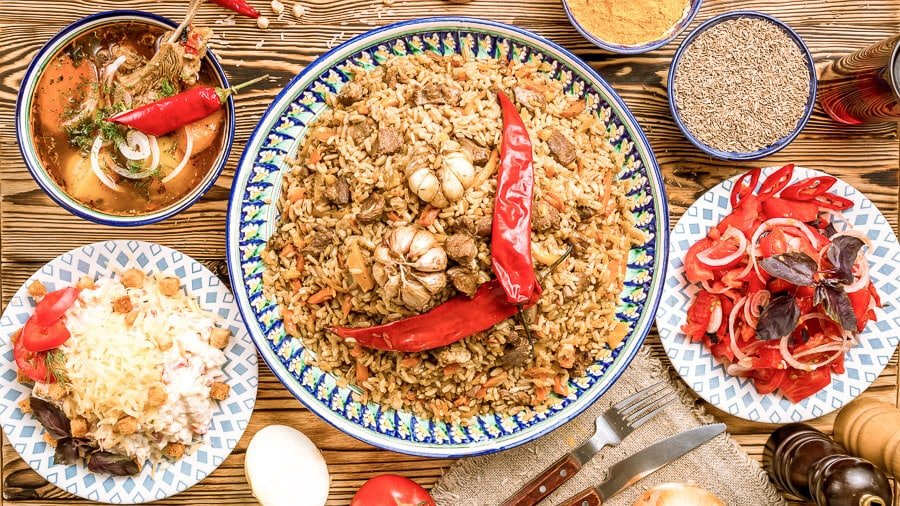How Food Defines Cultural Identity
Food is more than just sustenance; it is a central part of cultural identity. Across the globe, food reflects a community’s history, values, and traditions. Whether it’s a dish passed down through generations or a national cuisine celebrated globally, food shapes who we are and how we see the world. In this article, we’ll explore how food defines cultural identity and its importance in maintaining traditions, connecting people, and showcasing heritage.
1. Food as a Cultural Symbol
Food often acts as a symbol of cultural identity. Every region has its own unique flavors, ingredients, and preparation methods that represent the people who live there. For example, in France, croissants and fine dining are symbols of French culinary tradition. In India, the use of spices and complex flavors defines its rich and diverse food culture. These iconic dishes are much more than meals—they represent a way of life and a link to the past.
Food also represents a sense of pride for many cultures. National dishes often become cultural ambassadors, introducing others to the history and customs of a place. For instance, sushi in Japan or paella in Spain is not just food—it is a gateway to understanding the cultural nuances of these countries.
2. Preserving Traditions Through Food
Food plays a key role in preserving cultural traditions. Many customs and rituals revolve around food, especially during religious or cultural celebrations. For example, in China, the Lunar New Year is celebrated with foods like dumplings and rice cakes, symbolizing prosperity and good fortune. In Mexico, Día de los Muertos is honored with offerings of traditional dishes like tamales and pan de muerto to connect with ancestors.
By preparing and eating traditional foods, people keep their cultural practices alive. Even as communities change or migrate, food remains a way to stay connected to heritage and pass traditions to future generations. Recipes are often seen as heirlooms, preserving family history and the culture of a place.
3. Food as a Connection to Heritage
For many people, especially those living in different countries from their ancestors, food is a powerful connection to their cultural roots. Immigrant communities maintain their cultural identity through food, often replicating traditional meals with ingredients available in their new location. For instance, Italian Americans have adapted classic dishes like lasagna and pizza to suit American tastes while still maintaining ties to their Italian heritage.
Through food, people can stay connected to their origins and share their culture with others. Cultural festivals often feature traditional meals, allowing people to experience and appreciate different heritages. Just like slots tournaments at top online casinos, these festivals not only bring communities together but also educate others about cultural diversity through food.
A World of Options: Online Casino Games
For those specifically interested in exploring a wide range of online gaming options, online casino games offer an accessible avenue. Just as alc-atlantis provides detailed and precise luxury experiences, the world of online casino games offers a variety of options. As with any online activity, it’s crucial to ensure you’re engaging responsibly and within legal boundaries. Always verify the legitimacy of any online platform you use.
4. The Role of Food in Identity and Belonging
Food is a central part of personal and collective identity. Sharing meals helps strengthen bonds within families and communities. In many cultures, the preparation and sharing of food are communal activities, bringing people together around the table. For example, in Mediterranean cultures, long, leisurely meals are a time for families to gather, talk, and connect.
Food can also play a role in shaping personal identity, especially in multicultural environments. Children of immigrants often navigate between different food cultures, balancing the traditional meals of their heritage with the food of their adopted country. In this way, food becomes a key element in understanding one’s identity and sense of belonging.

5. Globalization and the Blending of Food Cultures
With globalization, food cultures are blending more than ever before. Dishes that were once specific to certain regions are now enjoyed globally. For instance, pizza, which originated in Italy, is now a worldwide favorite with countless regional variations. Similarly, foods like sushi, tacos, and curry have transcended their origins and become staples in many countries.
While this blending of food cultures introduces people to new flavors, it also changes the traditional identity of certain dishes. However, the core essence of these foods remains, allowing people to taste the cultural identity behind them. This evolution of food culture showcases how food can both adapt and preserve traditions.
Conclusion
Food is a reflection of cultural identity, showcasing the history, traditions, and values of different communities around the world. It preserves heritage, connects people to their roots, and fosters a sense of belonging. Whether through traditional dishes passed down through generations or the adaptation of global cuisines, food continues to define and shape our cultural identity.



